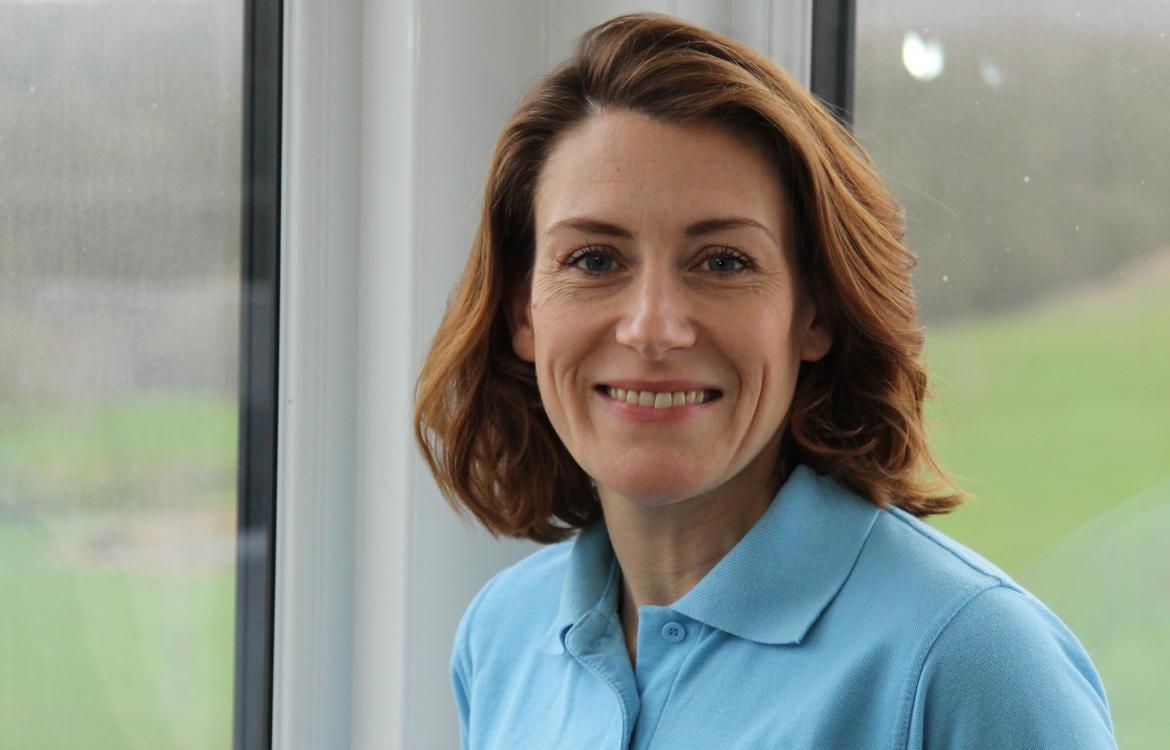Venue hygiene: fighting back with fog

Martin Fullard meets Abby Elliott, director, Sanondaf Hampshire South, to talk about venue hygiene now the reopening of the sector is in sight
On 22 February, prime minister Boris Johnson gave England some hope when he said events could return as early as 21 June without restrictions, on the premise the virus doesn’t throw up anymore surprises. Add to that the continued successful roll-out of the vaccination programme, and it’s all starting to sound a bit rosier.
Yet, it stands to reason that the face of venue hygiene has changed forever. As the prime minister himself said in his address, we have to get rid of the idea of living in a “zero Covid world”. Covid-19 is here to stay, so mitigation will be etched firmly into the terms and conditions between venues and organisers for a while.
Abby Elliot began her working life in events. In 1997 she worked internally as an event organiser for Centaur Media. While there, Elliot organised a variety of events, including the Lawyer and Money Marketing Awards, plus multiple conferences and exhibitions for other Centaur publications. She then moved to AXA Life, where she was an internal communications project manager before moving agency side, eventually ending up at MCI UK where, she says, she spent “basically the rest of my career” in the events industry,
Elliot, then, knows her events industry onions. This means she is well-placed to talk to me about different methods of keeping venues healthier. She provides a venue disinfection service which targets the virus not only on surfaces but also in its deadliest, aerosol form. It’s called Sanondaf, a UK wide business, though she personally operates mostly in the Hampshire region.
The virus is transmissible through the air, and this is something venues will have to combat for a while to come, so how does it work?
We met over video call to discuss.
The experts say that the virus moves through the air, yet there seems to be a focus on cleaning surfaces; should we have a more aerosol view of things? Have we got this the wrong way around?
“It’s not the wrong way round, but it is only part of the story or part of the problem. I don’t think it’s incredibly hard to understand why we’ve gone through a learning journey with this. If you think back to March when the lockdown happened and Covid-19 was identified as a pandemic, the level of understanding about this virus was pretty minimal.
“If you think about the way the UK Government’s guidance on things seems to have changed direction so often, especially last year, it’s because the evidence about transmission just wasn’t available yet. So, there was an understandable reliance on what do we know from previous pandemics. What about previous viruses of a similar nature and how they transmit? If we think of the case of SARS and MERS, which come from the same Coronavirus family and are also respiratory viral infections, the evidence shows that they are transmitted via droplets, so close person to person contact and contamination of surfaces via droplets is an issue. It isn’t difficult to understand why that’s the way the medical and science experts initially thought we needed to approach things.
“By summer 2020 though, the evidence became apparent that actually the challenging nature of Covid-19 is how it transmits through aerosols, our breath. In fact there is a section of the scientific world that believe they have enough evidence to say transmission is more of a risk via aerosols than surface contamination. As the evidence has grown, been assessed and analysed, the understanding has been that we need to look at this differently.”
Your service is called Sanondaf, and it uses ‘fogging’ as a method of disinfectant. How does it work?
“It is touchless disinfection and decontamination. We administer a disinfectant solution as a vapour. Essentially it is propelling a chemical solution into the atmosphere. We use a stabilised hydrogen peroxide solution because it has high efficacy credentials, at least 99.99% for over 280 harmful microorganisms (virus, bacteria etc). It also leaves no chemical residue, which is really important when you’re dealing with sensitive equipment, vulnerable people, children, animals etc. Unlike other disinfectant solutions, it biodegrades into water and oxygen once the treatment is complete.
“We work with two types of technology, fogging and electrostatic spraying. Fogging is a passive application. We fill an entire space with minute particle sizes of our solution. Once we set the machine off, it fills the space and reaches all surfaces. As it connects with the viral particles, whether surface or airborne, it destroys them and renders them unable to reproduce themselves. Once the particles have settled and started to biodegrade the space can be used again. One thing important to stress is that it’s not cleaning. Cleaning is not the same as disinfecting and vice versa. You cannot negate the need for cleaning, this is to disinfect.
“The second technology we use is electrostatic spray. This is technology that we have adopted from the agriculture industry. We positively charge the particles so that they coat and wrap around whatever they’re directed at. It’s really effective when we’re doing any kind of equipment in hospitals, laboratories, for outdoor and open spaces, and when we treat cars, aeroplanes, helicopters, etc. We use this in spaces and environments which you wouldn’t be able to fog.
“What’s even more valuable about touchless disinfection, especially for the events sectors, is that treatments are applied to all surfaces. Not just hard surfaces, but also electrical equipment , even the most sensitive of equipment, soft furnishings and fabrics. For event venues, with soft furnishings like banquet chairs and table linens, carpets and drapes, with electrical equipment like AV desks and projection equipment, this is a greatly enhanced disinfection solution.
“We work in all sectors of the UK economy and public sector. The business began in healthcare because of the need to tackle HCAI’s (healthcare associated infections – for example when people go into hospitals and become sick with an infection they didn’t arrive with) and we have evolved from there.
How long does it take?
“For a 200m cubed space, it would take us 12 minutes to complete a fogging treatment. That’s based on one machine though. If we want to treat a space quicker, we add more machines in. One SanoFog machine can treat a 1,000m cubed space in an hour. It’s all about making sure we achieve the right density of the hydrogen peroxide vapour molecules, that’s the measure we work with. We’re very scientific about this, what’s the space like, what’s are the conditions like, this is how I work out how long I need to leave the machine to run for. We use chemical indicators to make sure we achieve that level of saturation of the space.”
Sanondaf are pleased to be exhibiting at International Confex, stand SPL9, a perfect opportunity for event organisers and venues to meet us in person and find out more about our bespoke services and solutions.
